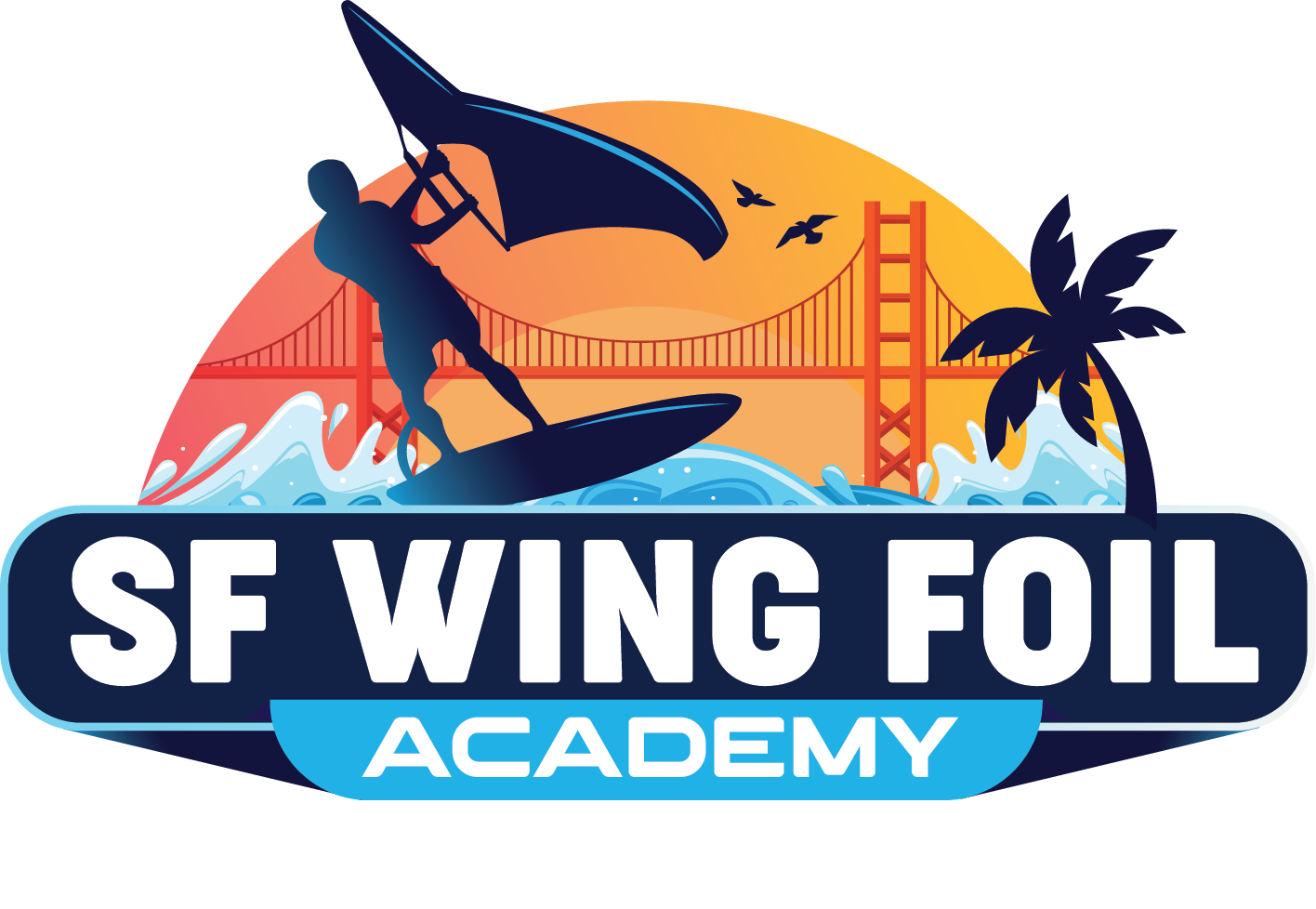The evolution of wind-powered water sports has brought us remarkable innovations, with wing foiling and parawing representing two distinct approaches to harnessing wind energy on the water. While both sports share some fundamental principles, they offer vastly different experiences, challenges, and rewards. Understanding these differences—and knowing when you might be ready to explore parawing—can help you make informed decisions about your progression in wind-powered water sports.
Defining the Disciplines
Wing Foiling: The Foundation
Wing foiling combines a handheld inflatable wing with a hydrofoil-equipped board, creating a system that allows riders to fly above the water’s surface. The wing provides propulsion through direct hand control, while the hydrofoil generates lift to elevate the board and rider above the water. This creates a relatively controlled environment where the rider maintains direct, immediate control over both power source and flight characteristics.
The learning curve for wing foiling involves mastering wing handling, board balance, foil control, and the coordination of these elements. Most riders can achieve basic proficiency within several sessions, making it an accessible entry point into foil-based water sports.
Parawing: The Next Dimension
Parawing, also known as parakiting or wing sailing, introduces a crucial third dimension to wind-powered water sports: vertical lift. Using a paraglider-style wing connected via lines to a harness system, parawing allows riders to achieve significant altitude while maintaining forward motion over the water. The parawing generates both horizontal propulsion and vertical lift, enabling riders to fly substantial distances above the water surface.
This discipline requires understanding of three-dimensional flight dynamics, advanced wind reading skills, and the ability to manage a more complex power delivery system. The parawing operates with less direct control than a handheld wing, requiring riders to work with the wing’s natural characteristics rather than forcing immediate responses.
Key Differences in Equipment and Setup
Power Delivery Systems
Wing Foiling Control: Wing foiling offers immediate, direct power control through hand positioning and wing angle adjustment. Riders can instantly depower by releasing the wing or adjusting their grip, providing immediate safety options. The power delivery is linear and predictable, making it easier to manage power increases and decreases.
Parawing Power Management: Parawing power delivery operates through a more complex system involving brake lines, weight shifting, and working with the wing’s natural lift characteristics. Power management requires anticipation and planning rather than immediate adjustment. Depowering techniques involve specific procedures that must be learned and practiced extensively.
Complexity and Learning Requirements
Wing Foiling Progression: Wing foiling skills build incrementally, with each component (wing handling, board balance, foil control) learnable separately before integration. The learning process allows for gradual progression with clear milestones and measurable improvement.
Parawing Skill Integration: Parawing requires simultaneous mastery of multiple complex systems from the beginning. Riders must understand meteorology, three-dimensional flight dynamics, emergency procedures, and equipment management before attempting water launches. The skill integration is more demanding and requires comprehensive understanding before practical application.
When to Consider Parawing: Readiness Indicators
Technical Proficiency Requirements
Before considering parawing, riders should demonstrate mastery of several foundational skills:
Advanced Wing Foiling Competence: Consistent foiling in various conditions, confident water starts, controlled turns and transitions, and the ability to handle equipment malfunctions safely. Riders should be comfortable in winds ranging from light to strong and capable of maintaining control in choppy conditions.
Wind Reading Expertise: Understanding wind patterns, recognizing thermal activity, identifying wind shear and convergence zones, and predicting wind behavior changes. Parawing requires more sophisticated meteorological knowledge than wing foiling due to the three-dimensional nature of flight.
Physical and Mental Readiness: Strong swimming ability, comfort in deep water situations, decision-making skills under pressure, and the physical fitness to handle more demanding equipment. Parawing places greater physical deman


